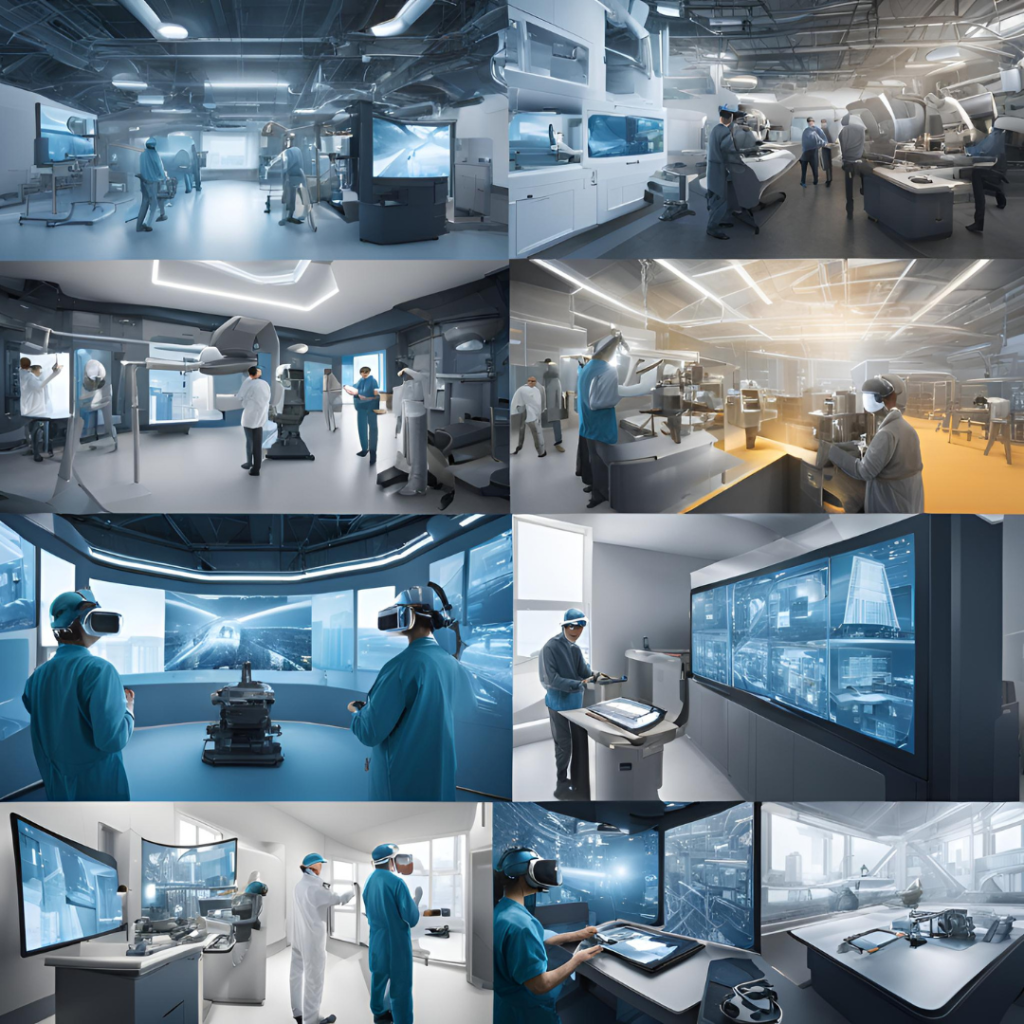Virtual reality (VR) is revolutionizing industries by providing immersive experiences that enhance training, design, and collaboration. In sectors like manufacturing and construction, VR allows employees to engage with 3D models of equipment and environments before physical implementation. This capability enables workers to identify potential issues, streamline processes, and reduce costly errors. For instance, VR simulations can help operators practice complex tasks in a risk-free environment, improving their skills and confidence before working with real machinery.
In healthcare, VR is making significant strides in medical training and patient treatment. Medical professionals can utilize VR simulations to practice surgical procedures or emergency response scenarios, honing their skills without the pressures of a live environment. Additionally, VR is increasingly being used in patient therapy, providing calming virtual environments for patients with anxiety or phobias. This innovative approach can enhance patient experiences and outcomes by immersing them in controlled, therapeutic scenarios.
The power of VR extends beyond training and therapy; it also fosters collaboration across geographically dispersed teams. Virtual reality platforms enable remote workers to meet in a shared digital space, facilitating brainstorming sessions, design reviews, and project management in a way that traditional video conferencing cannot replicate. This level of engagement helps teams feel more connected, enhancing creativity and productivity.
As industries continue to adopt VR technology, its potential to transform workflows and improve outcomes becomes increasingly evident. By harnessing the immersive power of virtual reality, organizations can not only enhance training and collaboration but also drive innovation, ultimately leading to improved efficiency and competitiveness in the marketplace. As VR technology evolves, its integration into various sectors promises to reshape the way we work, learn, and interact.

